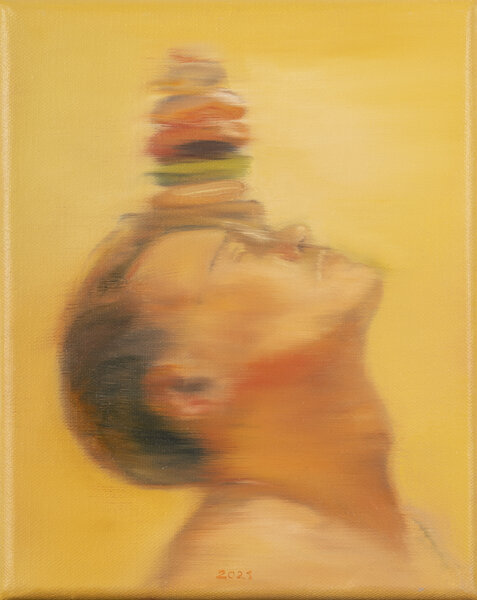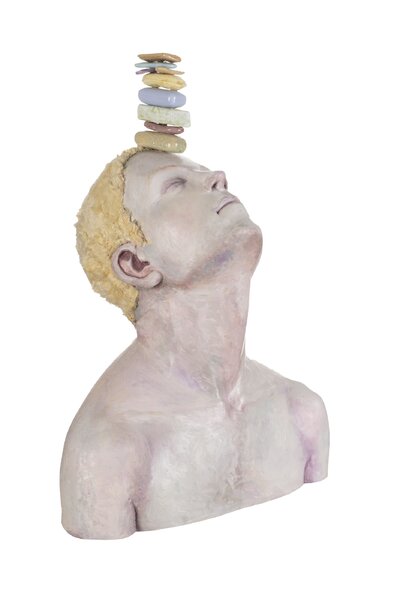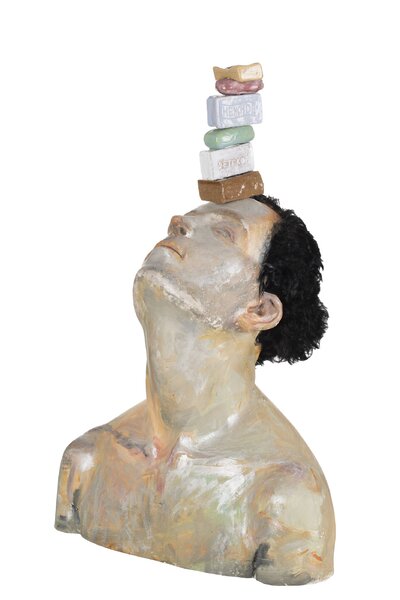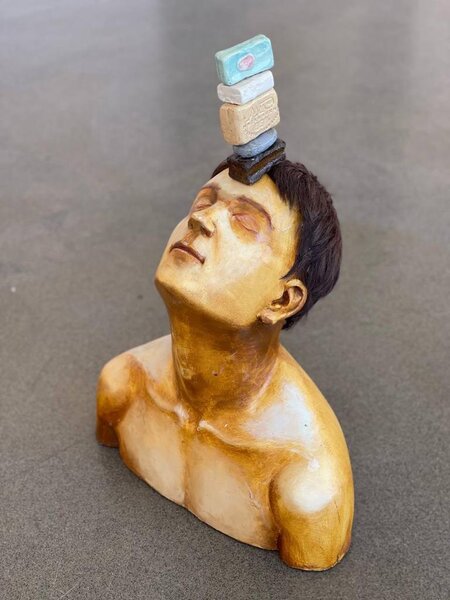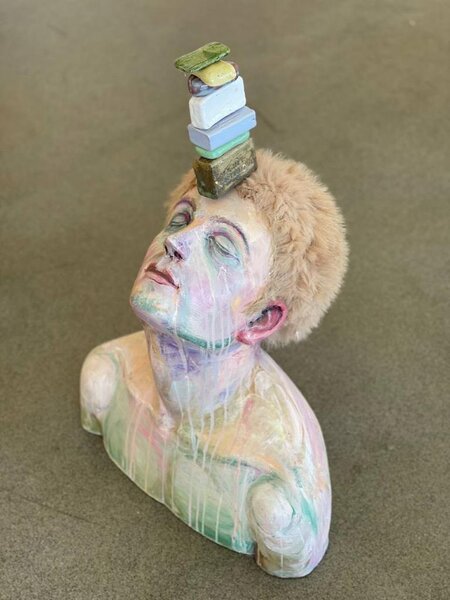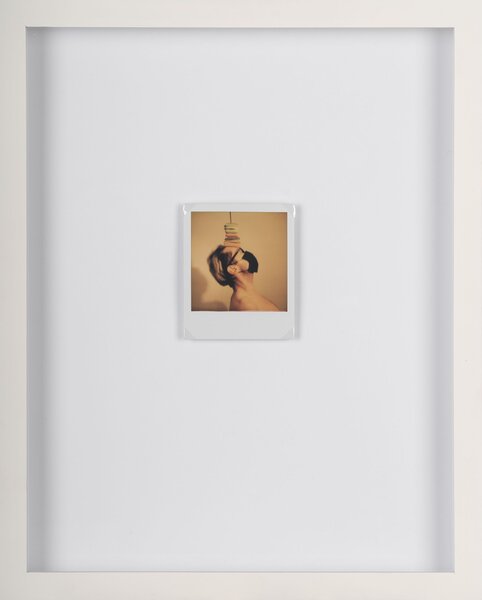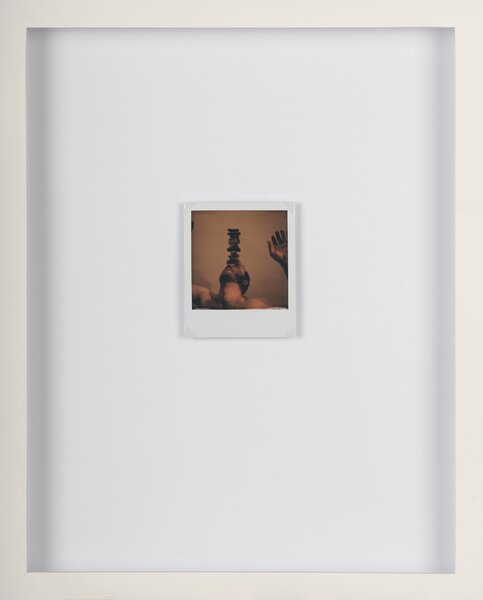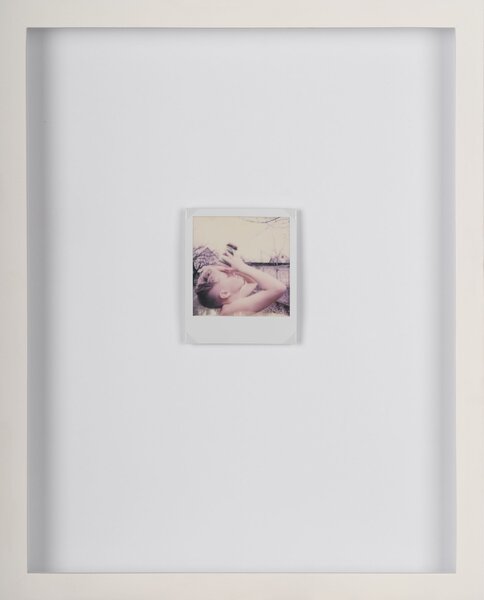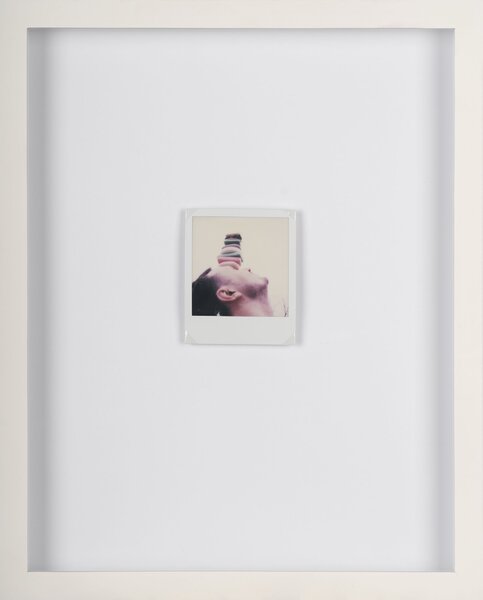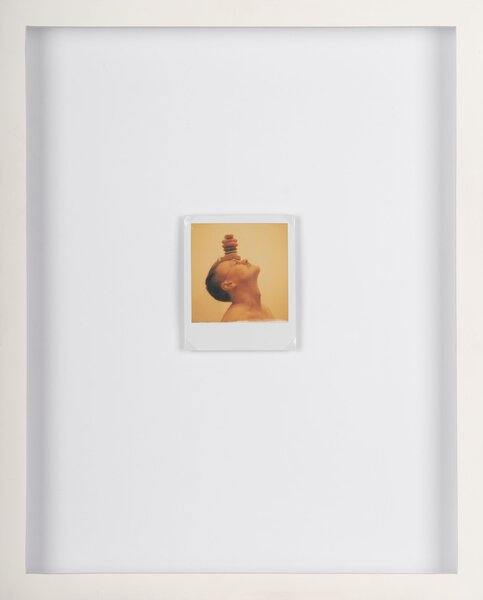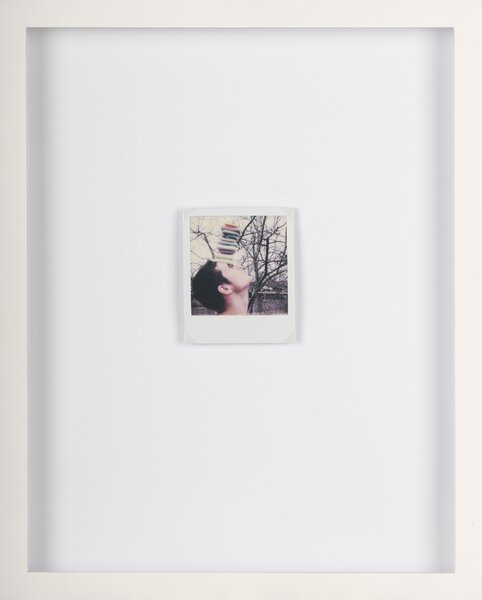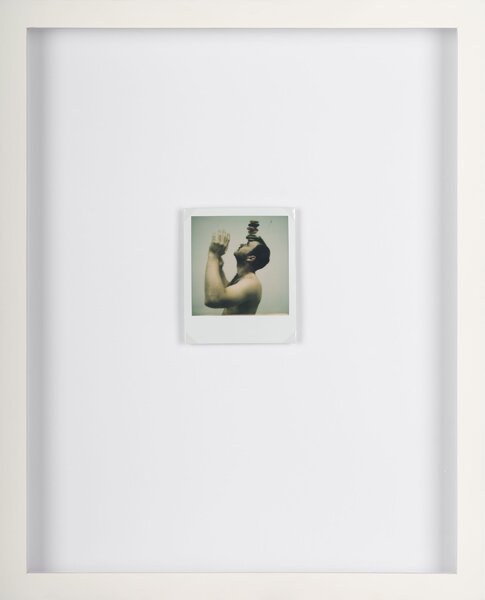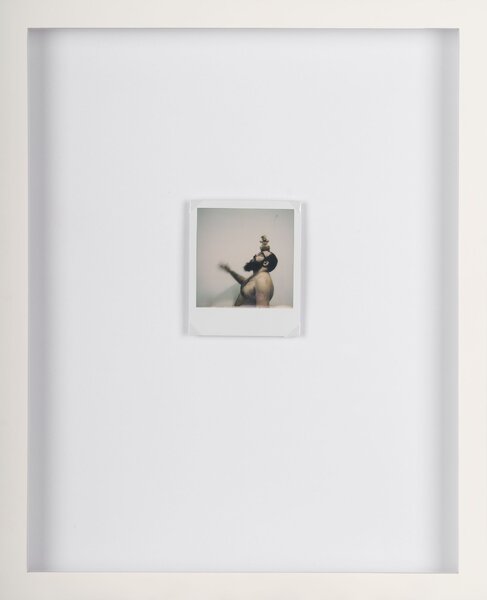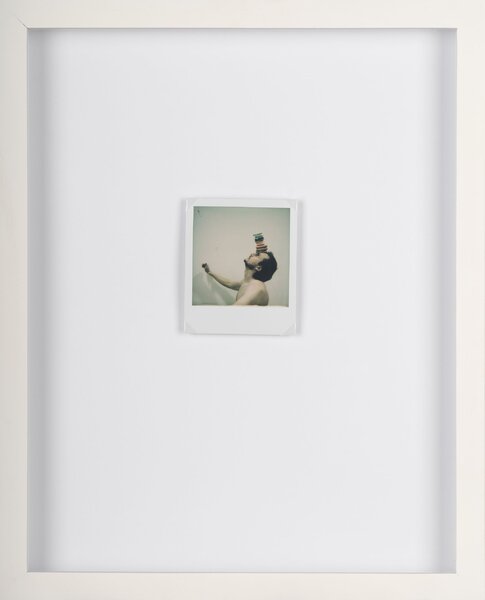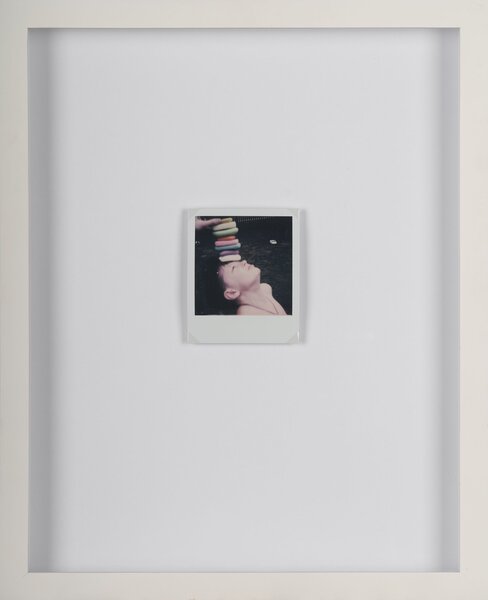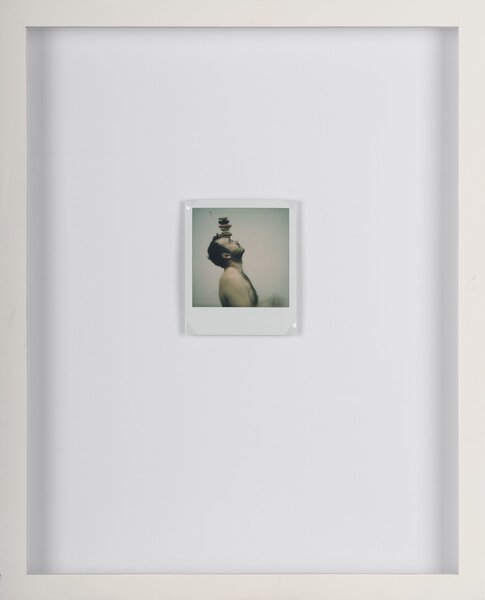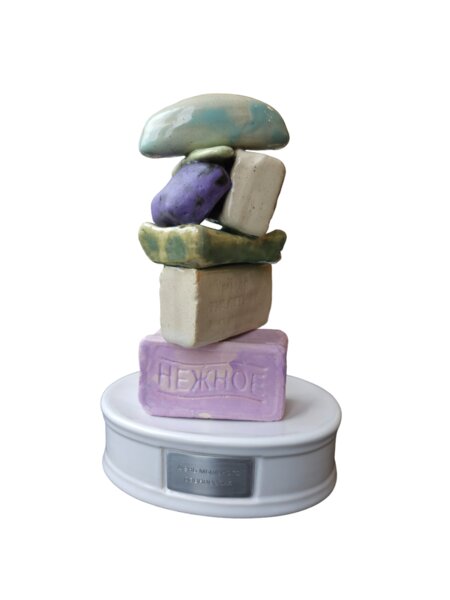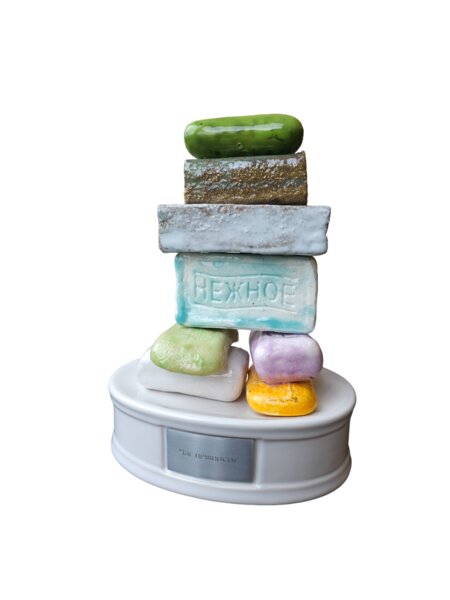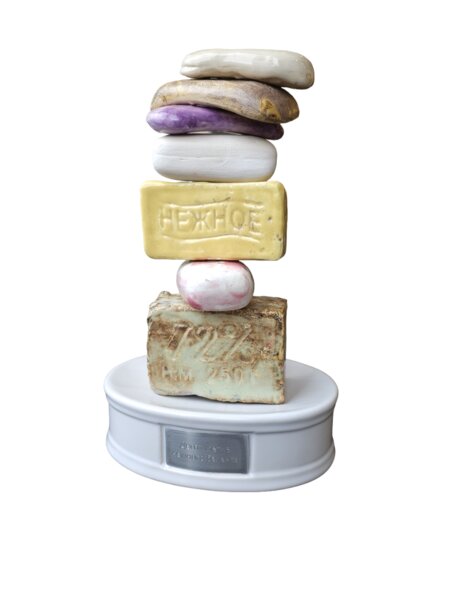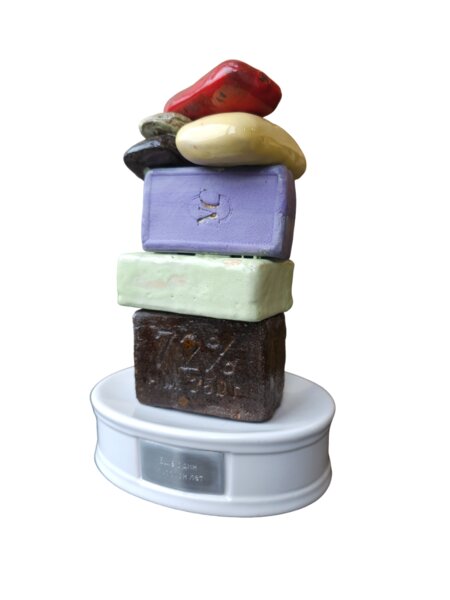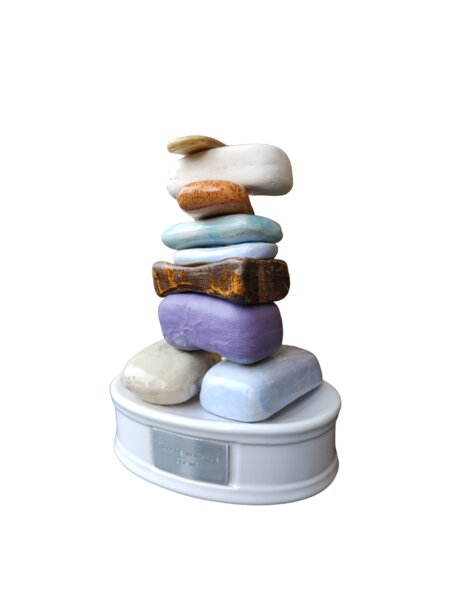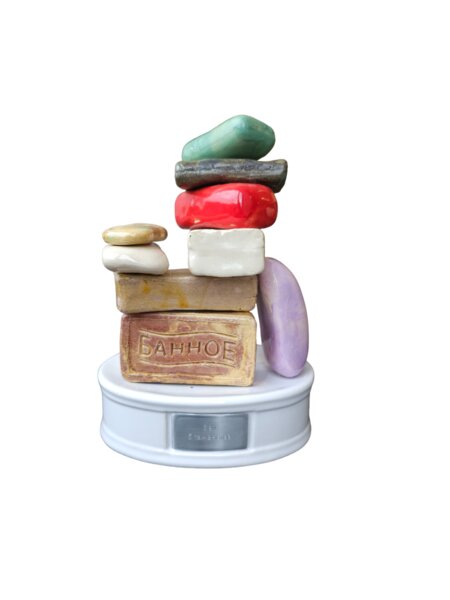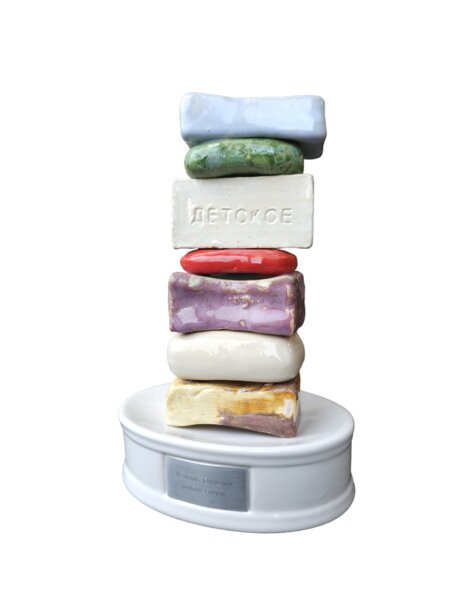...Things are genuine when they have an authentic purpose. They are conglomerations and precise material representations of the time when they were created (in style, design, and character).
They are an exact piece of reality, proving that time leaves its mark. For me, a thing itself represents absolute reality, as opposed to images of a thing, which always take second place in relation to the real thing.
It was the combination of these broken fragments of reality with their relative meaning and imagery and their way of interacting with a person that piqued my interest and made me begin a series of objects — anti-casements — where text gives way to the text, the object and the space of things, as well as their materiality. When we separate out part of an object, we forfeit its function and turn it into a detail in the puzzle of reality, bringing it to the maximum size that fits this series. This part of the door is the handle, this part is the latch, that part is the keyhole, and all of it part of the same object, deconstructed and reconstructed as a separate work. A chunk is torn out of reality — a fragment, piece, or shred of it — and reality suffers a loss.
The concept of antiwindowsallows using any material that the artist is able to gnaw off of the world. The numeric values used on these antiwindows add an element of objectification. These are not inventory numbers, or sequential numbers. These are signs that are ambiguously tied in, relating the nature or form of the object fragment.
The three-dimensionality of a thing is emphasized by movable joints: hinges with the presumed purpose of representing the same thing in two dimensions. The concept of anti-windows likewise restricts the color spectrum used for the object or its environment. The small windows don't have a picturesque background in a harmonious combination of colors — here the color is nominal and invokes a monosyllabic interpretation of the object's color values…
Semyon Motolynets





